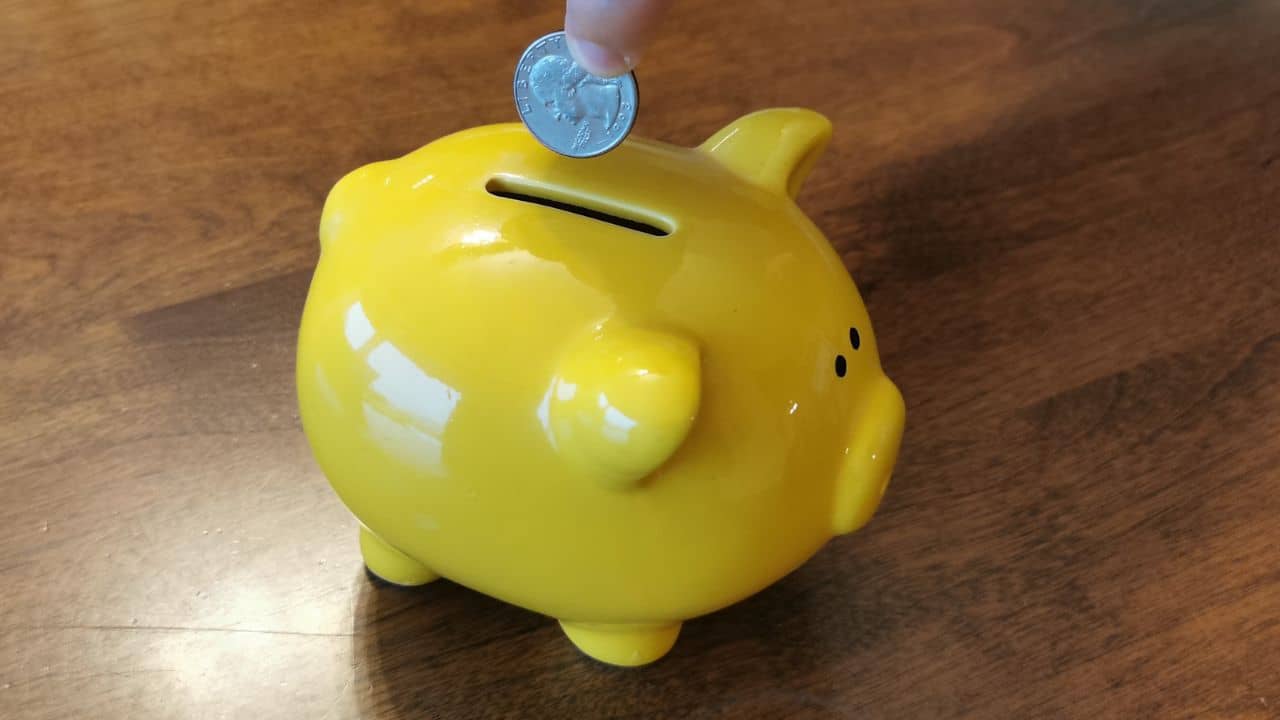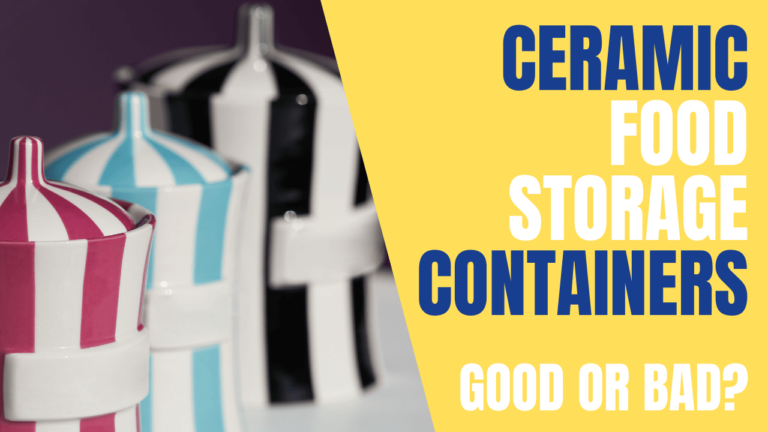Why Are Piggy Banks Called Piggy Banks? (And Not Money Saving Box)
Money plays an essential part in our everyday lives. I am sure you have put your money in a piggy bank once, if not more, when young because they were the earliest banks for money saving.
Have you ever thought of why a piggy bank is called a “piggy bank”?
The term “piggy bank” emerged from the term “pygg,” a popular type of clay used to make money boxes. The terms “pygg” and “pig” link to dirt, which led to an association between the terms. Today, piggy banks get their name primarily because of their shape instead of their material.
To explore the answers to this exciting query, we must dive deeper into the term’s history. This article will explore the origins and history of the popular word “piggy bank.”
Where Did The Term Piggy Bank Come From?
Piggy banks go far back to the Middle Age when people used pygg clay to make money boxes. That was because of their cheap nature. While these boxes weren’t yet shaped like pigs, the term “pygg jar” emerged.
During the age of the Anglo-Saxons, vowel pronunciations altered, changing the “Y” sound into “I.” As a result, the word “pygg” changed into “pig,” the same term used to describe the animal.
The amusing thing was that the terms “pig” and “pygg” both related to mud and dirt, giving way to the association between these two words. As this word changed, 19th-century humans shifted from using the term “pygg jars” to the “piggy bank.”
As centuries passed, people pronounced the terms “pygg” and “pig” very similarly. As a result, people forgot what “pygg” once referred to, paving the way for what we know as piggy banks today.

Usage of piggy banks throughout history
Piggy banks are not new; they’ve existed throughout history and have been used since then. Some say they date back to as many as 600 years ago, which is before the oldest banks in the world.
📅 Piggy banks through the middle ages
During the Middle Age, not everyone could afford pricey metal items; so, they were rarely used. Instead, the dishes and pots of that time were made with a cheap orange form of clay called “pygg.”
Any excess coins people had, they’d drop into these pygg pots or jars. These came as the earliest forms of piggy banks that ever existed!
📅 19th century piggy banks
By the 19th century, the term clay “pygg” started to die down. People started to forget the difference between the pygg clay and the farm animal “pig.”
Above that, they started to request English potters to make pygg banks in the shape and form of pigs. Customers, especially children, expressed joy over the emergence of piggy banks.
Fun Fact: the earliest models didn’t have a hole, so you couldn’t access the money without breaking the piggy bank.
📅 Use of piggy banks today
What has existed for centuries has its tradition alive today. Even today, piggy banks serve as a symbol of savings in many countries worldwide.
Even though we turn to electronic banking now, we see the trend of piggy banks continuing.
Here is a list of the piggy banks throughout history and their respective dates and eras/locations.
| Piggy Bank | Era/Location | Date/Century |
|---|---|---|
| Roman Vase-Shaped Money box | Roman Era | 2nd/3rd Century AD |
| Money box | Southern Song Dynasty | 1127 to 1279 |
| Red Earthenware Broken Money Box | Bruges | 1250 to 1350 |
| Majapahit Terracotta Piggy Bank | Trowulan, East Java | 14th to 15th Century |
| Tudor Money Box | England | 16th Century |
Do Piggy Banks Have to Be Pigs?
The idea of pig-shaped piggy banks was common in the earlier centuries. As per German culture, pigs were seen as a symbol of good fortune. That doesn’t at all mean that all piggy banks need to be pigs. In various cultures, animals represent different things.

The beckoning cat is a famous luck symbol in Japanese culture to bring more customers. The goldfish holds importance in Chinese culture as a wealth and money symbol. These are just a few examples.
So, piggy banks are nothing other than clay jars to put your money in for saving. Feel free to get any shape you want; your piggy bank doesn’t need to be a pig!
How Much Money Can a Piggy Bank Hold?
There’s no specific limit to how much money your piggy bank will hold. The estimates suggest somewhere between 100 to 1,500 coins.
It also depends on the size of your piggy bank. While larger ones can hold more coins, smaller ones may not hold as much. Sometimes, modern piggy banks will give an accurate idea of how much money they can keep.
Feel free to send me the number of coins you can put in your own piggy bank, and add a picture if you like! I will be happy to publish your numbers.
Why Are Piggy Banks So Wise?
Most people find piggy banks for kids to be very wise. That’s because they encourage positive habits and attitudes amongst children and teenagers.
When children use piggy banks, they learn to be responsible with money. They also get to know how to spend it wisely. Besides, it is also a fantastic addition to one’s room, bringing in great decorative touch. Who doesn’t like a decorative room?
Children not only learn the actual value of money at a tender age but also develop better budgeting habits. These good habits are going to help them in the long run!
Final Thoughts
At the end of the day, it’s hard to conclude the true origins of “piggy bank.” That’s because the answer seems to be pretty controversial. Yet, with their growing popularity, we can say for certain that piggy banks aren’t going out of trend anytime soon.
As an adult, you probably don’t use a piggy bank now, but I’d love to hear what type you had when you were young! How did you save your money, and where did you spend it?
Sources







